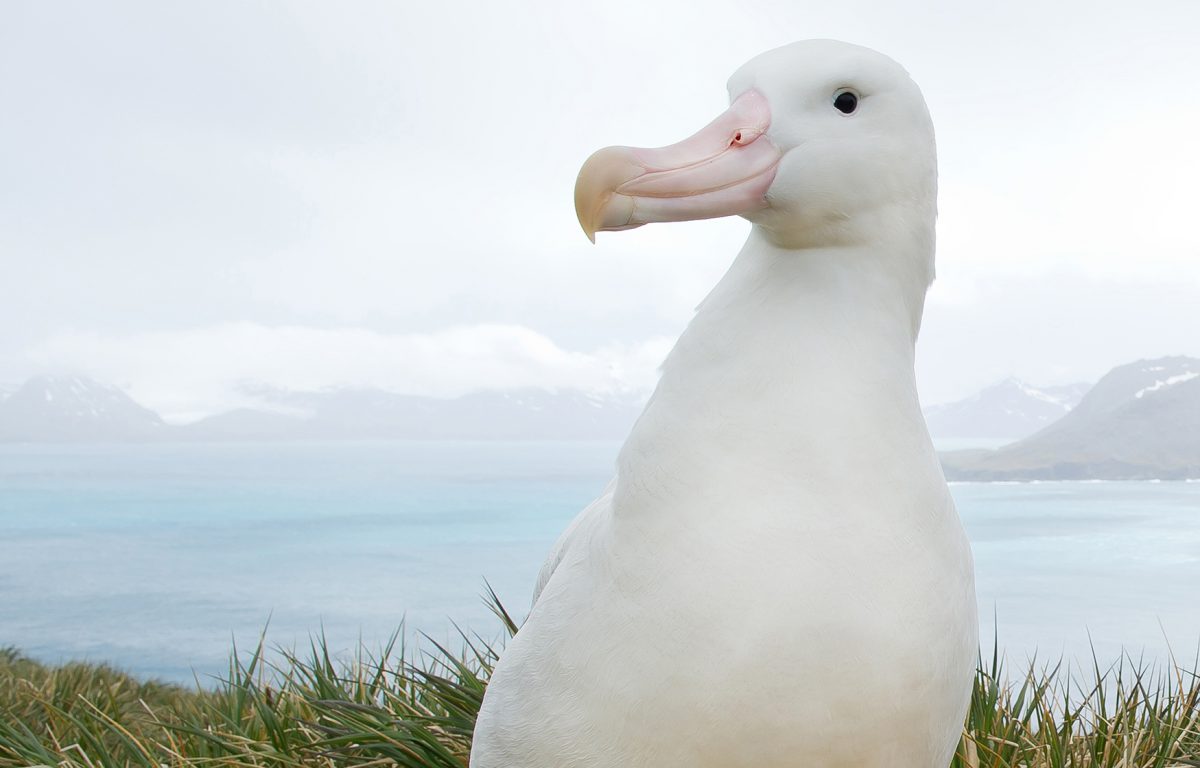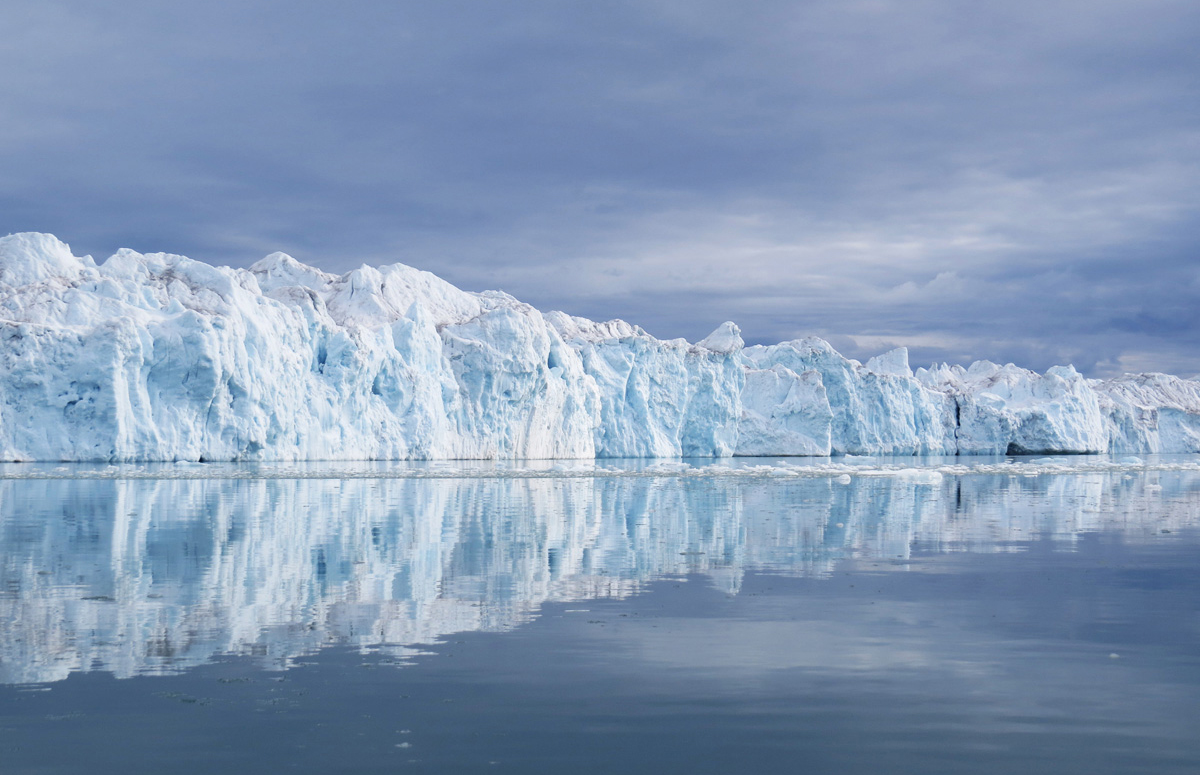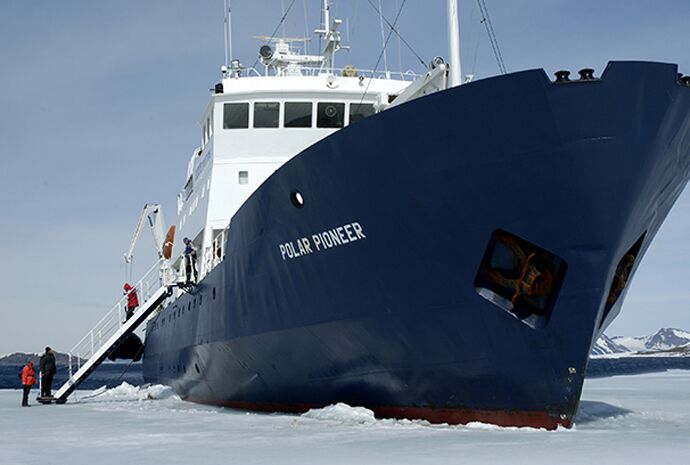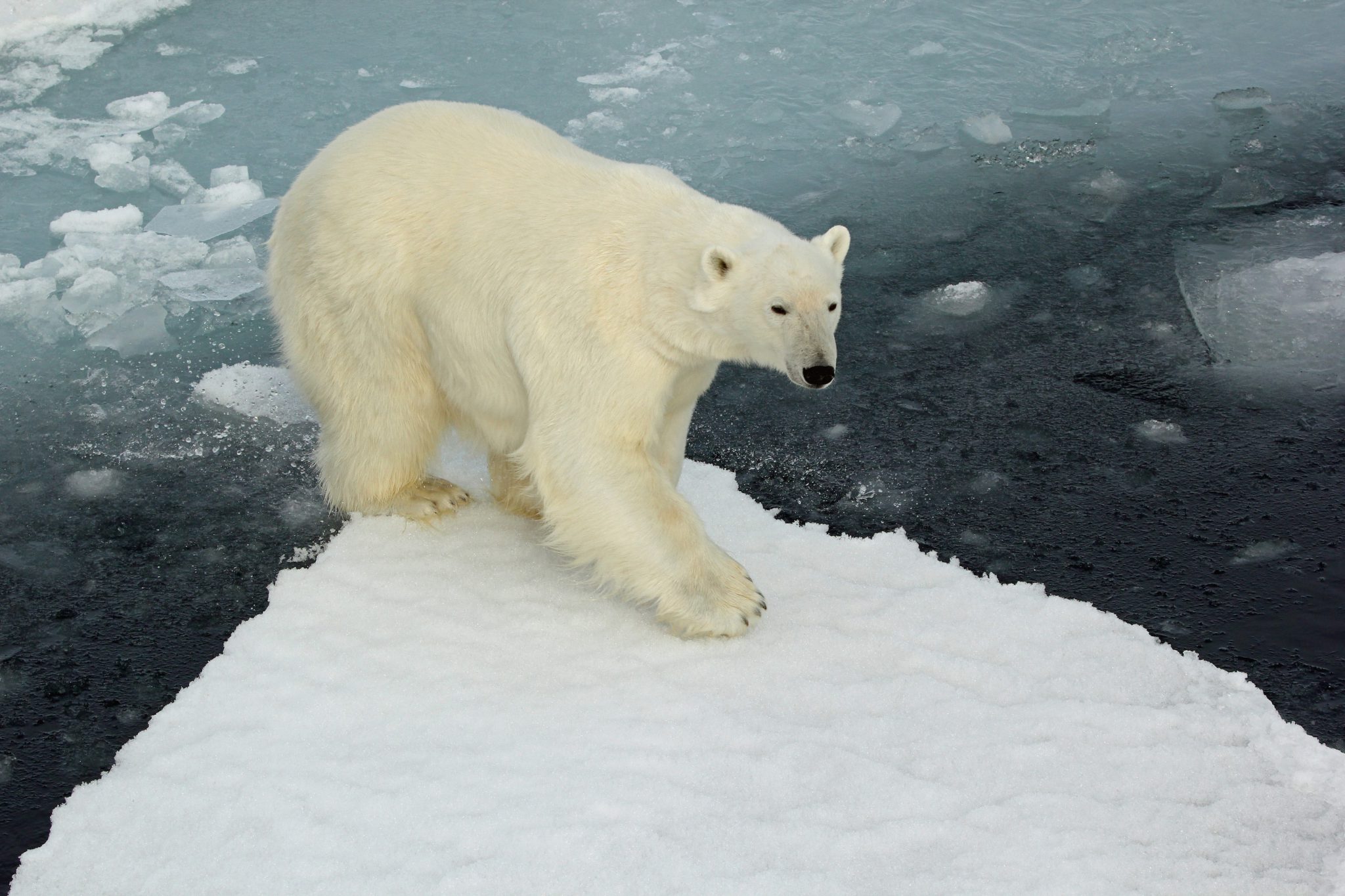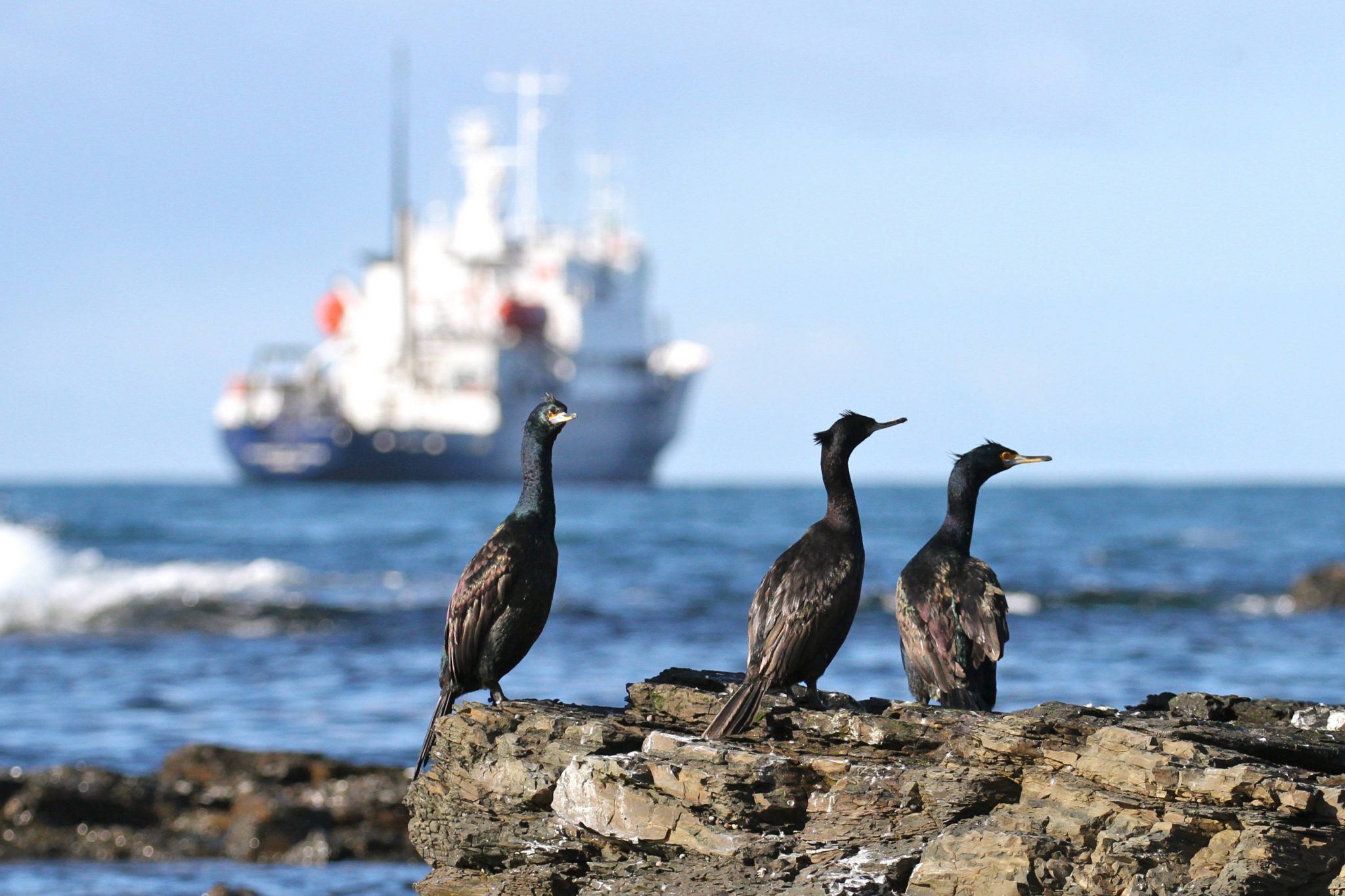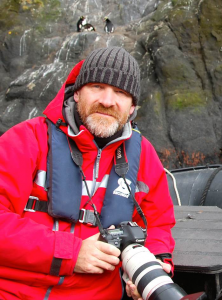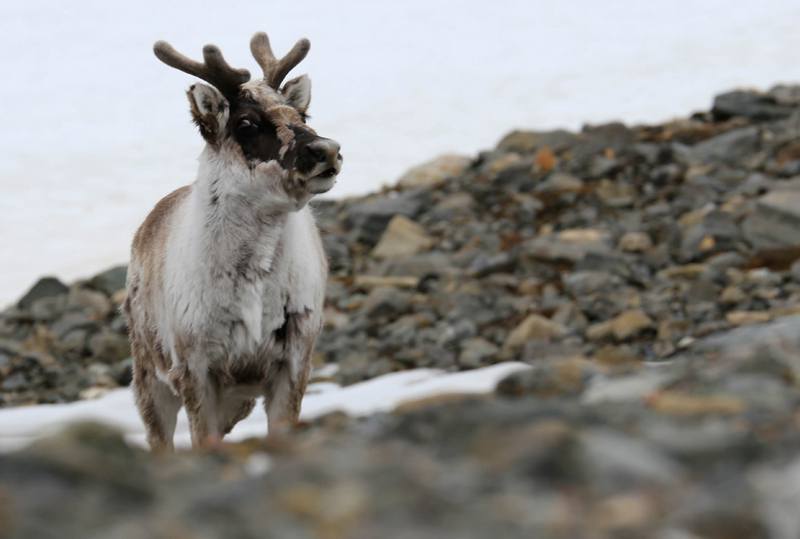Seabirds, especially albatross, are globally caught in longline fisheries for tuna and swordfish. Birds dive to catch the bait as the lines and baited hooks are deployed, becoming hooked, dragged underwater and drowned. This source of mortality is contributing to an increased risk of extinction to 15 of the 22 albatross species and kills an estimated 100,000 albatross annually.
The Hookpod provides the solution to this problem in a one-stop mitigation device which negates the need for other measures, in particular tori lines and lead weights. Extensive trials over 7 years have proven the efficacy and durability of the pod.
We are currently working with the New Zealand industry and government to provide Hookpods for 1-2 vessels operating in the surface longline fleet fishing for Bluefin tuna. This fishery is a particularly high-risk one for albatrosses and traditional mitigation is not completely effective. Seeding this fishery with Hookpods will help the NZ government demonstrate the efficacy of the Hookpod and push for the opening of international regulations to allow their use.
What’s the answer?
The Hookpod is a truly remarkable invention which virtually eliminates the seabird bycatch in pelagic longline fisheries. It has been shown to reduce bycatch by over 95% in trials, without affecting catch rates of fish or affecting fishing operations.
By encapsulating the barb of the hook within a durable, reusable polycarbonate case, the Hookpod renders it harmless to seabirds, safely taking hook and bait to a depth of 10-12m, where a patented pressure release system springs the pod open, using the pressure of water, and releasing the hook to begin fishing. We are developing this opening mechanism to open at 20m and are hopeful that this may have impact on reducing turtle bycatch as well.

The Hookpod is fitted to the fishing lines and stays in place on the branchline above the hook, being used each set once the hook is baited and then retrieved as part of the fishing gear with the line, closed and stored in the setting bins, causing no additional work for the crew. The device has been shown to be very durable under standard fishing conditions, with trials showing that pods can remain in daily use for over 2 years.
Every day, hundreds of albatross die in longline fisheries. But there is a unique and exciting new solution to halt this. It’s called a Hookpod. Hookpods cover baited hooks as they enter the water and stop birds getting caught as they dive for baits. They are effective, easy to use, safe and economic for fishermen. If every pelagic longline fishing fleet used Hookpods, I believe we can stop the accidental death of these magnificent ocean wanderers.
DAVID ATTENBOROUGH
How can you help?
By sponsoring a hook you can provide a Hookpod direct to the longline fishing industry to protect against seabird bycatch. Just £5 will buy a Hookpod and we will work with our partners in New Zealand and around the world to equip a fishing vessel – saving the albatross, one hook at a time.
Hookpod Benefits
*Reduce seabird by catch by 95%
*Operationally easy to use
*Long lasting and durable for at least 3 years
*No impact on target catch rates
To sponsor a Hookpod visit www.hookpod.com
